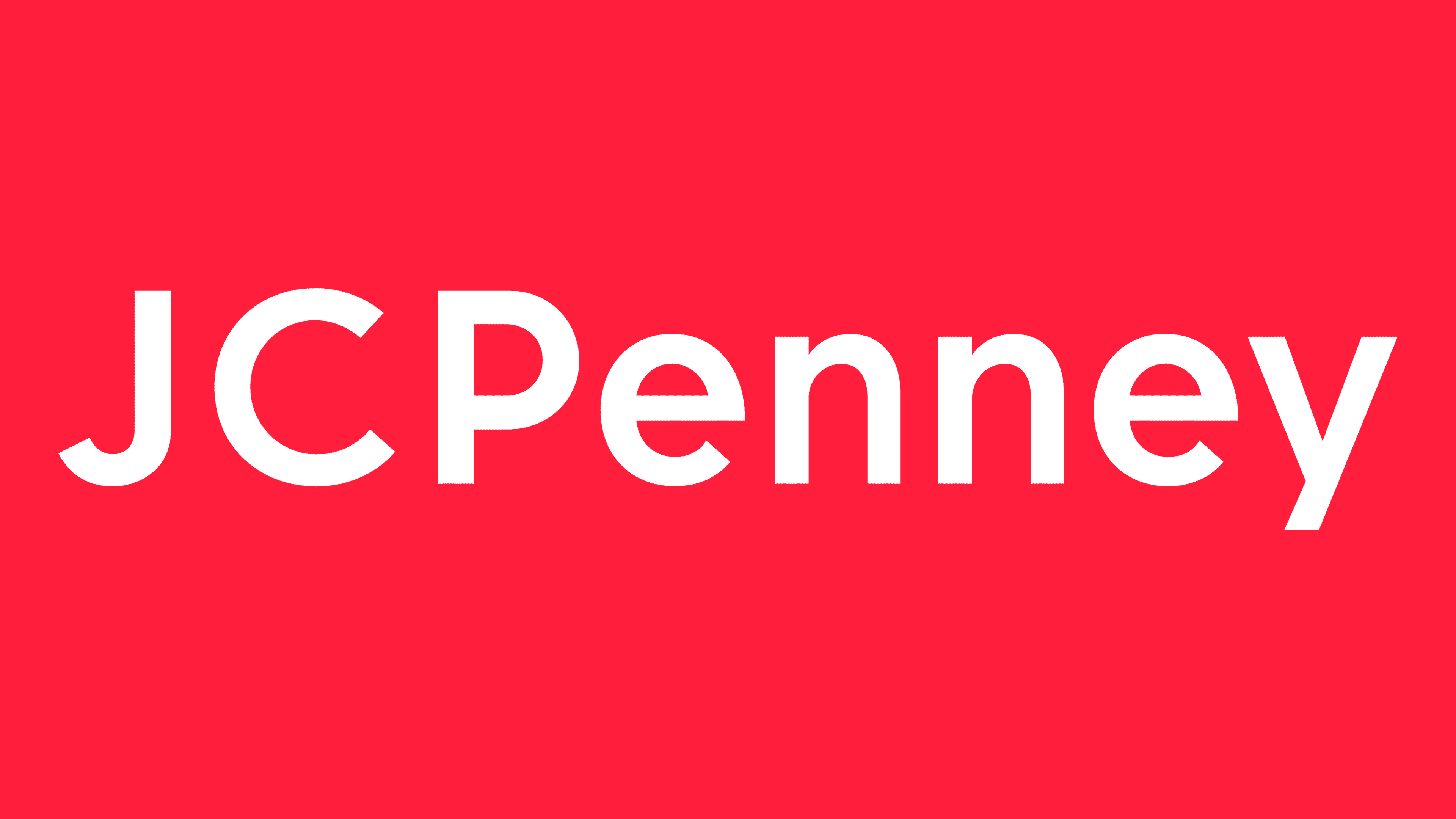– Higher liquidity risk than other fixed-income securities, as home equity loan ABS are less traded and more complex than other mortgage-backed securities, and may have limited sector players and you can rates transparency. This may make it difficult for investors to buy or sell the securities at a fair price, or to hedge their positions.
HELOC Abs has actually a lower risk and you will get back than just house equity mortgage Abs, just like the root
– The kind of hidden financing. Home collateral mortgage Abs are backed by signed-end financing, having a fixed number, rate of interest, and maturity time. HELOC Abdominal muscles are backed by open-end fund, having an adjustable matter, interest rate, and you will readiness date, with respect to the borrower’s need as well as the lender’s terms and conditions.
– The cash disperse of the ties. Household guarantee financing Abdominal muscles keeps a very predictable and you can steady cash flow, because the prominent and you will attract costs regarding hidden fund is actually fixed and you may recognized beforehand. HELOC Abdominal muscles features a very not sure and you may changeable earnings online loans in Hamilton Indiana, because the principal and focus payments regarding the root funds depend towards borrower’s drawdowns, repayments, and interest alter.
– The risk and return of the securities. Home equity loan ABS have a higher risk and return than HELOC ABS, as the underlying loans have higher interest rates, lower credit quality, and higher prepayment risk. money features all the way down interest rates, higher credit quality, and lower prepayment risk.
Family security mortgage Abdominal muscles and you will HELOC Abs try similar where they are both backed by domestic security financing, however they involve some trick variations, such as for instance:
These are a number of the head aspects of household equity financing Stomach one buyers should know. Domestic equity financing Stomach is actually a complicated and you will risky style of fixed-money protection, nonetheless they also can provide glamorous output and you can diversification advantages to people who’re willing to accept the problems and you will concerns of the underlying money.
One of the most popular version of house-supported bonds (ABS) are those supported by home collateral fund or lines of credit. These are funds otherwise borrowing facilities that allow residents to help you acquire money resistant to the property value their house. However, only a few domestic guarantee Abdominal muscles are identical. You will find high differences between house collateral personal line of credit Abdominal muscles (HELOC Abdominal muscles) and you may home guarantee loan Abdominal muscles (HEL Abs) one to traders should become aware of. In this section, we shall discuss these differences as well as their ramifications on performance, risk, and you may valuation of them securities.
1. The nature of the underlying loans or credit facilities. HELs are fixed-term, fixed-rate loans that are fully amortized over a specified period. HELOCs are revolving credit facilities that allow borrowers to draw, repay, and redraw funds as needed, up to a certain limit. HELOCs typically have variable interest rates that are tied to an directory including the best rate or LIBOR. HELOCs also have a draw period, usually 5 to 10 years, during which borrowers can access the funds, and a repayment period, usually 10 to 20 years, during which borrowers have to repay the principal and interest.
2. The prepayment and default behavior of the borrowers. HEL borrowers tend to prepay their loans faster than HELOC borrowers, especially when interest rates decline or home prices appreciate. This is because HEL borrowers can refinance their loans at lower rates or cash out their home equity by taking out a new loan. HELOC borrowers, on the other hand, tend to prepay their credit facilities slower than HEL borrowers, because they have more flexibility and convenience in accessing their funds. HELOC borrowers also tend to default less than HEL borrowers, because they have lower monthly installments and certainly will play with their credit facilities to cover their expenses in case of financial hardship. However, HELOC borrowers may default more in the long run, especially if rates of interest increase or home prices decline, which could reduce their equity cushion and increase their debt burden.


